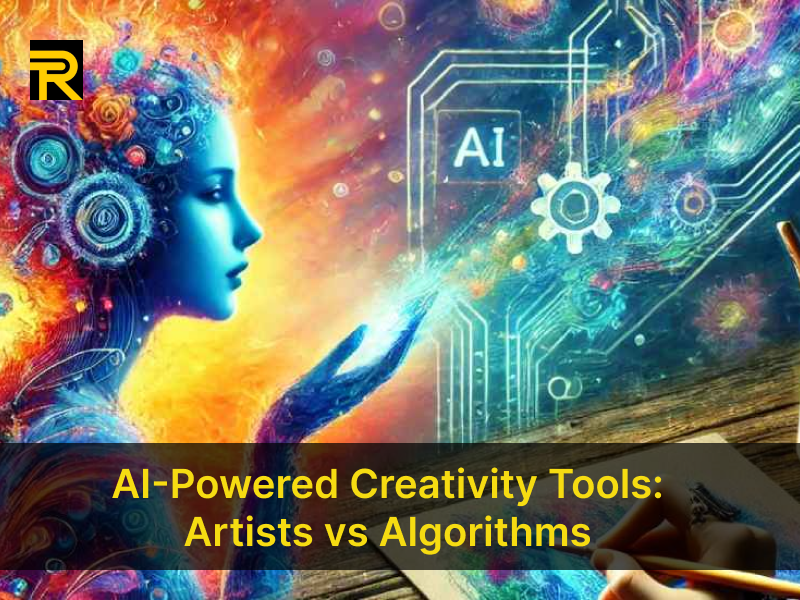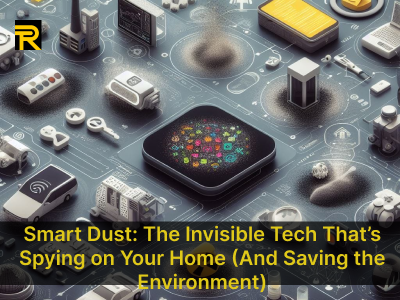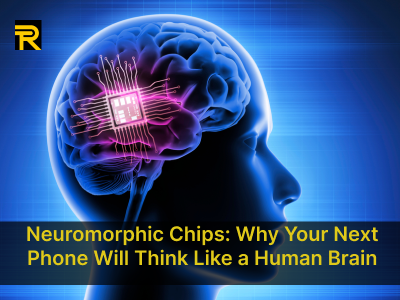
AI-Powered Creativity Tools: Artists vs Algorithms
Introduction
The rise of AI-powered creativity tools has revolutionized how artists, filmmakers, and musicians create content. From AI art generators to AI scriptwriting tools for YouTube creators, these innovations are reshaping creative industries. However, with these advancements come ethical, legal, and practical challenges. In this article, we explore key aspects such as AI art generators copyright laws 2024, best AI tools for indie filmmakers on a budget, and ethical AI music composition software while comparing technologies like Midjourney vs DALL-E 3
AI Art Generators and Copyright Laws in 2024
AI-generated art has sparked debates about ownership and intellectual property rights. In AI art generators copyright laws 2024, regulators are considering whether AI-generated content should be protected under traditional copyright frameworks. Some countries are introducing new guidelines to define whether the AI model itself, the user, or the dataset owner holds the rights to AI-generated works. Blockchain-based verification is emerging as a solution to AI-generated art ensuring authenticity and rightful attribution.
Best AI Tools for Indie Filmmakers on a Budget
Independent filmmakers often work with limited resources, making AI a valuable asset. indie filmmakers include AI-powered editing software, automated scriptwriting platforms, and AI-driven visual effects generators. Tools like Runway ML, Synthesia, and Pika Labs provide cost-effective solutions for indie creators, allowing them to achieve high-quality production value without breaking the bank.
How to Watermark AI-Generated Content
As AI-generated media becomes more widespread, watermarking techniques are crucial for transparency and ownership protection. How to watermark AI-generated content involves embedding invisible digital markers or blockchain-backed verification methods. Companies like DeepMind and Adobe are developing AI watermarking solutions to differentiate between human-created and AI-generated content, ensuring ethical distribution and copyright enforcement.
Ethical AI Music Composition Software
AI is also transforming the music industry, leading to concerns about authenticity and originality. AI music composition ensures that AI-generated music respects intellectual property laws and creative intent. Platforms like AIVA and Amper Music offer royalty-free compositions, allowing artists to blend AI-generated and human-created music while ensuring ethical use.
Midjourney vs DALL-E 3 for Commercial Use
Comparing Midjourney vs DALL-E 3 for commercial use, both AI models have distinct advantages. Midjourney focuses on highly stylized and artistic image generation, making it ideal for concept artists and branding projects. DALL-E 3, backed by OpenAI, offers more precise image synthesis and licensing options suitable for marketing and commercial applications. Understanding the licensing terms and commercial viability of these AI tools is crucial for businesses looking to leverage AI-generated visuals.
AI Scriptwriting Tools for YouTube Creators
YouTube content creators can now enhance their storytelling with AI scriptwriting tools Tools like Jasper, ChatGPT, and ScriptBook generate engaging scripts, optimize content for audience retention, and provide AI-assisted dialogue suggestions. These tools help creators streamline their workflow while maintaining high-quality storytelling.
Detect AI-Generated Art with Blockchain
The integration of blockchain technology provides a decentralized method to verify digital art authenticity. Detect AI-generated art solutions work by embedding unique cryptographic signatures into AI-generated works. Platforms like Verisart and Adobe Content Credentials help artists and collectors distinguish AI-created images from human-generated artworks.
AI Voice Cloning for Audiobooks Legality
With advancements in AI voice cloning, narrators and publishers are exploring synthetic voices for audiobooks. However, AI voice cloning remains a debated topic. Licensing agreements, ethical considerations, and consent from original voice actors play a significant role in determining whether AI-generated voices can be legally commercialized.
Open-Source Alternatives to Adobe Firefly
Adobe Firefly is a popular AI-powered design tool, but many creators seek open-source alternatives to Adobe Firefly for cost-effective and customizable options. Tools like Stable Diffusion, Krita, and Deep Dream Generator offer AI-powered creative capabilities without proprietary restrictions, making them ideal for independent designers and developers.
AI-Powered 3D Model Generators for Unity
Game developers and digital artists can now create assets using AI-powered 3D model Tools like Meshy, NVIDIA Omniverse, and Kaedim enable automatic 3D model creation, reducing development time and enhancing creativity. These AI-powered solutions streamline game development while maintaining high-quality assets.
Conclusion
The intersection of AI and creativity presents both opportunities and challenges for artists, filmmakers, and musicians. As AI art generators evolve, understanding ethical considerations and legal frameworks is essential. Whether exploring best AI tools for indie filmmakers on a budget, learning how to watermark AI-generated content, or comparing Midjourney vs DALL-E 3 for commercial use, embracing AI responsibly will shape the future of digital creativity.
Follow Us
Trending News
Newsletter
Join us to get latest News Updates



